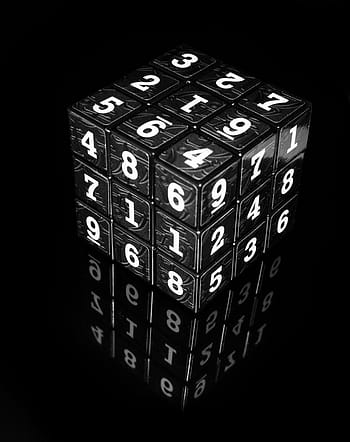By the end of this unit you should be able to:

Explore systematic approaches to observing and improving university teaching practices.
Peer observation serves as a powerful tool for professional development, offering structured opportunities to learn from colleagues and receive constructive feedback. When conducted professionally, observation supports continuous improvement and builds teaching communities within academic departments.
This unit covers observation frameworks, video analysis techniques, live observation protocols, debriefing strategies, and report writing. You'll learn to create supportive, growth-oriented observation experiences that benefit both observers and those being observed.
Structured observation tools focus attention on key teaching dimensions—clarity of explanations, learner engagement, interaction patterns. Checklists may categorize observable behaviours under headings (e.g., "Questioning," "Feedback"), guiding systematic analysis.
Design a focused observation checklist for specific teaching skills:
Select observation parameters to generate your customized checklist.
You're observing a colleague's first university lecture. What should you focus on primarily?
Reviewing recorded lessons allows instructors to pause and annotate instances of effective technique—such as elicitation or error correction—using coding schemes. This reflective practice reveals patterns that can inform one's own teaching repertoire.
Practice coding teaching behaviors in a simulated video lesson:
0:00-2:00 - Instructor states learning objectives and provides lesson overview
2:00-8:00 - Instructor asks "What do you think causes climate change?" and waits 10 seconds for responses
8:00-15:00 - Instructor responds to student answers with "Good point about fossil fuels. Can you give a specific example?"
15:00-20:00 - Instructor uses concept mapping on board while students contribute ideas
Code video segments to see analysis summary.
While coding a video, you notice the instructor makes a content error. How should you handle this in your analysis?
Observing live classes—whether in person or via webinar—requires prior agreement on observer roles, note-taking conventions, and confidentiality. Observers should minimise disruption, focus on agreed domains, and respect both instructor and learner privacy.
Establish professional protocols for live classroom observation:
Observer Role Agreement:
Student Considerations:
Observer Behavior:
Note-Taking Focus:
Readiness Score: 0/12
Complete the protocol checklist to ensure professional observation standards.
During observation, a student asks you directly about the content. What's your best response?
Post-observation debriefs centre on guided reflection: what worked well, what might be adjusted, and actionable next steps. Facilitators use open questions to prompt self-analysis and support collegial, non-judgmental feedback exchange.
Structure an effective post-observation conversation:
Phase 1: Self-Reflection (5-10 minutes)
Sample questions:
Phase 2: Specific Examples (10-15 minutes)
Sample prompts:
Phase 3: Forward Planning (5-10 minutes)
Sample questions:
Scenario: You observed a colleague's seminar where students seemed disengaged during the middle portion, but the opening and closing were strong.
How would you start the debrief?
The observed teacher becomes defensive and says "I've been teaching for 15 years." How do you respond?
A concise observation report includes context (class level, topic), observed strengths, areas for development, and suggested strategies. Structuring reports with clear headings (e.g., "Summary," "Recommendations") ensures findings are accessible and readily acted upon.
Create a professional observation report with structured sections:
Complete the sections above to generate your professional observation report.
You observed excellent content knowledge but unclear explanations. How should you frame this in your report?
Test your understanding of peer observation principles:
1. The primary purpose of structured observation frameworks is to:
2. When conducting live classroom observation, observers should:
3. Effective post-observation debriefing should begin with:
4. A good observation report should include:
5. Video lesson analysis is most effective when: